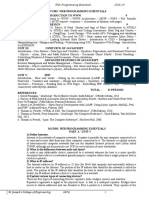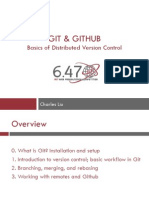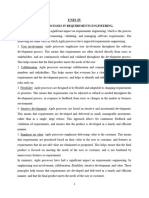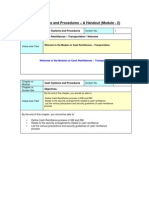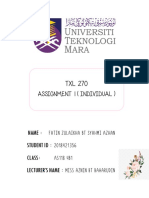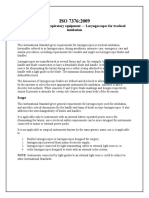0% found this document useful (0 votes)
68 views21 pagesGit and Github
Git is a popular, free, and open-source version control system that tracks changes in code, facilitates teamwork, and acts as a safety net for developers. GitHub is a platform for hosting Git repositories that enhances collaboration through features like issue tracking and pull requests, while also supporting open source projects. Key Git commands include initializing a repository, adding changes, committing, pushing, and merging code, along with methods for resolving conflicts and undoing changes.
Uploaded by
smabdurrahmanshahCopyright
© © All Rights Reserved
We take content rights seriously. If you suspect this is your content, claim it here.
Available Formats
Download as PPTX, PDF, TXT or read online on Scribd
0% found this document useful (0 votes)
68 views21 pagesGit and Github
Git is a popular, free, and open-source version control system that tracks changes in code, facilitates teamwork, and acts as a safety net for developers. GitHub is a platform for hosting Git repositories that enhances collaboration through features like issue tracking and pull requests, while also supporting open source projects. Key Git commands include initializing a repository, adding changes, committing, pushing, and merging code, along with methods for resolving conflicts and undoing changes.
Uploaded by
smabdurrahmanshahCopyright
© © All Rights Reserved
We take content rights seriously. If you suspect this is your content, claim it here.
Available Formats
Download as PPTX, PDF, TXT or read online on Scribd
/ 21

























